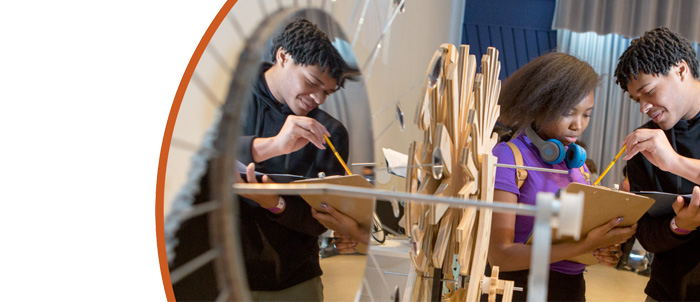STEM Education Effects on a Diverse Workforce's Development over the Life Cycle
Effective Years: 2013-2019
This collaborative study is investigating how the STEM skills and training that individuals from underrepresented groups acquired during high school and postsecondary education have contributed to their STEM workforce success and the types of occupations they now enjoy in midlife. It is uses the High School & Beyond (HS&B) database, a nationally representative study of high school sophomores from 1980. HS&B contains a large sample of African Americans and Latinos, women, and people with disabilities, including those who earned postsecondary degrees, to provide information about how our education system has and can prepare diverse students to fully participate in a complex and rapidly changing workforce, even during middle and later adulthood.
The project has the following three aims:
1. Identifying the aspects of STEM training in schools, from specific coursework to degree attainment and field of degree, that contribute to workforce success and flexibility during early adulthood and in later midlife work.
Research Question: Which STEM skills and training have high labor market value in (i) early and (ii) middle to late careers?
2. Analyzing whether the relationship between STEM training and workforce success is the same for all workers, and if not, how it differs for women and men, African Americans, Latinos, and Whites, and for persons with and without disabilities.
Research Question: Do the relationships between skills and the labor market generalize to underrepresented groups?
3. Producing a database, that will be released through NCES, on HS&B sample members' occupations that can be used by the broader research community to generate new knowledge on workforce development and broadening participation in STEM.




